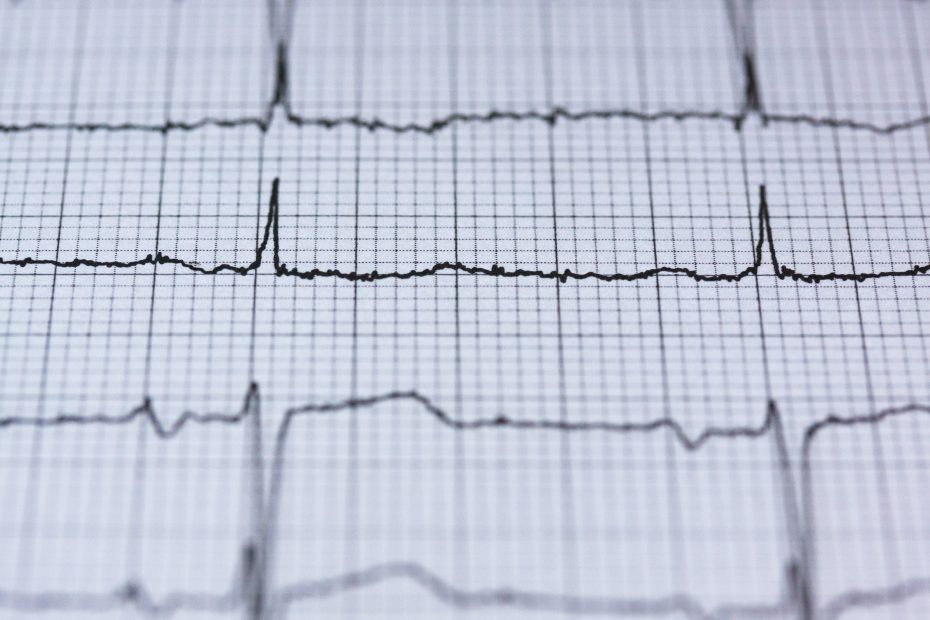Healthcare systems are becoming increasingly dependent on information and communication technologies to deliver quality care to European Union (EU) citizens. As the volume of collected healthcare data expands, the need for transitioning from traditional paper-based to digitalised health records is clear.
Electronic Health Records (EHRs) are comprehensive digital records that integrate patient data from different healthcare providers and typically contain records of interactions with healthcare professionals and patients’ medical history, including diagnoses, treatment plans, medications, allergies, immunisations, imaging, and laboratory results.
While the adoption of EHRs holds great promise for enhancing efficiency, quality, safety, accuracy, communication, and better coordination of healthcare delivery, the available technology very often does not meet patients’ needs in terms of access and control over their health data. Understanding what patients and carers truly want from electronic health records is paramount to crafting systems that prioritise patient-centric care.
Although most of the EU Member States have established digital health record systems, easy access and portability of EHRs are not yet the reality for many patients across the EU. Patients want to be able to access their health records free of charge, anytime, anywhere. They want their EHRs to be interoperable, both nationally and cross-border, to ensure that their medical information is readily available to all involved healthcare professionals, leading to more coordinated and informed quality care delivery. Health data portability is particularly important in case of emergencies when seeking medical care or when travelling across regions and countries.
Patients want the data in their EHRs to be accurate and up to date. In 2018, a survey from the European Patients’ Forum found that almost a third of respondents found some information in their EHRs not to be accurate. Another survey involving 29,656 patients showed similar findings. The results indicated that 1 in 5 patients, upon reading a medical note, identified an error, and 40% of them considered the mistake to be significant. Patients, therefore, should be able to request rectification or deletion of incorrect data. Outdated, incomplete, or incorrect information can lead to misdiagnoses and errors in care delivery, care planning, and ultimately research.
EHRs need to respect patients’ rights to selective sharing of health data although an exception should be made in cases of medical emergencies when the patient is unconscious and their life is in danger.
Recognising that each patient is unique, EHRs should allow for the integration of patient-reported data such as notes, reported outcomes, and information from their mobile health applications and wearable devices. While in the context of primary care, such a feature would allow for a more comprehensive picture of a patient’s condition, quality of life and preferences, the collection of such real-world data could also improve pharmacovigilance, improve treatment adherence and develop patient experience measures (PREMs).
Access to one’s health information easily and understandably is a cornerstone of patient empowerment. However, patients often report that EHRs are not intuitive enough to use, while also lacking clear explanations of medical information. Therefore, the user-friendliness of EHRs and the understandability of medical information need significant improvement to enable meaningful access to and control of data for patients with varying levels of physical and cognitive abilities and digital health literacy. Moreover, patients desire EHRs that allow them to make appointments, access information about their insurance and reimbursements, and receive reminders for preventive health examinations and vaccinations.
Protecting health data and patient confidentiality is paramount, and technical robustness and safety by design are key considerations to ensure that EHRs are reliable, secure, and can withstand potential cyber-attacks. This applies to both primary and secondary uses of EHR data. The non-respect or nonexistence of such measures would harm confidence in the integrity of EHR systems and public trust in digitalised health systems and data sharing overall, potentially leading to healthcare avoidance and lack of health data for research.
Lastly, it is imperative to ensure the involvement of patients and healthcare professionals in the design and development of EHRs to ensure solutions that truly serve the best interests of their end users. This would require a cultural shift in which patients are considered as partners, – not only in their care, but also in improving the quality and design of services such as EHRs.
Enabling access to electronic health records has the potential to foster trust, increase patient involvement and empowerment and strengthen the relationship between patients and healthcare providers. However, patients have clearly expressed their interest in more than mere access to a basic EHR; they would like to have the ability to control, integrate and add data. They expect healthcare systems to ensure that their records are interoperable, accurate, and easy to access, use and control and that the privacy and protection of their most sensitive data are ensured. In this context, it is essential to consider the proposed regulation on the European Health Data Space (EHDS). We hope this initiative will establish an overarching framework for the safe and free access and movement of health data and will overcome the data fragmentation that exists in the EU today. As the EHDS is implemented, it must include strong safeguards for data protection and support patients’ ability to fully exercise their rights over their data.
About the author:
Milana Trucl is a Policy Officer at the European Patients’ Forum. She develops and guides the policy and advocacy work in the area of digital health. Her goal is to ensure that the patient perspective is integrated into EU policies, initiatives and projects on digital health and artificial intelligence in healthcare, and to shed light on the importance of patient engagement, health literacy and equitable access to digital services and solutions.
